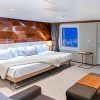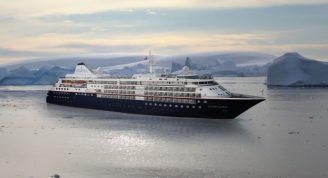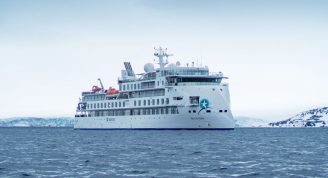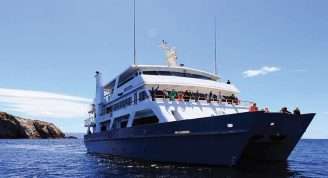Description
The vast northern coastline of Australia is our home. For three decades we have revelled in the vivid reef systems and tropical islands of the Coral Sea, absorbed the culture and traditions of the Torres Strait, marvelled at the remote expanse of Cape York, and discovered the waterfalls and wildlife of the Kimberley. So, it is fitting that we take the brand-new Coral Geographer on an extended exploration of this unique region of Australia.
Voyage northwards through the outer Great Barrier Reef passage to discover an underwater world of colourful coral gardens at Holmes Reef and Osprey Reef. Beachcomb on the picture postcard Restoration and Haggerstone Islands. Stand at the Tip of Australia on Cape York and make connections with the small indigenous communities of ancient Arnhem Land, before entering the Kimberley coast just in time for the majestic wet-season waterfalls. From here, sail wide and Northwest to the pristine marine sanctuaries of Ashmore Reef, and island-hop down the west coast, where we will encounter a multitude of rare bird species and marine life including turtles, rays, sharks, sea snakes, abundant fish species and perhaps the elusive dugong. Be amongst the very few to ever visit places such as Adele Island and Scott Reef. Your epic journey will conclude in the pearling outpost of Broome.
Hosted by Group General Manager Mark Fifield, your voyage will be guided by some of our most beloved Expedition Team members, including Jamie Anderson and Ian Morris, whose connections and knowledge of North Australia run deep.
Joining the expedition will be guest photographers Jürgen and Stella Freund, who will deliver specialist nature and landscape photography workshops and will prepare a commemorative expedition journal for all guests onboard.
Join us to experience this memorable voyage with less than 100 guests, and welcome Coral Geographer proudly to her home shores.

















